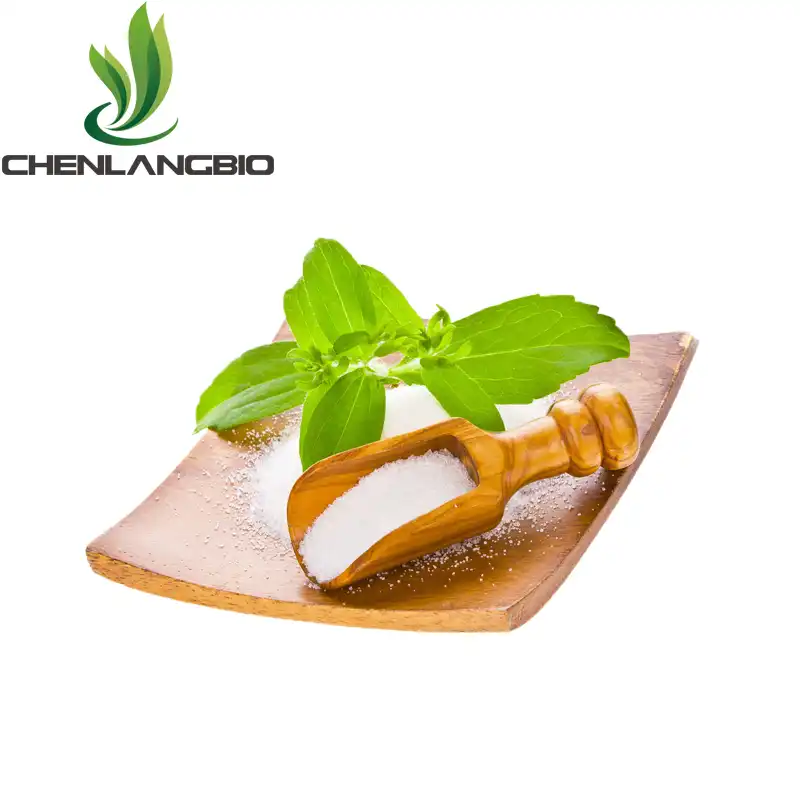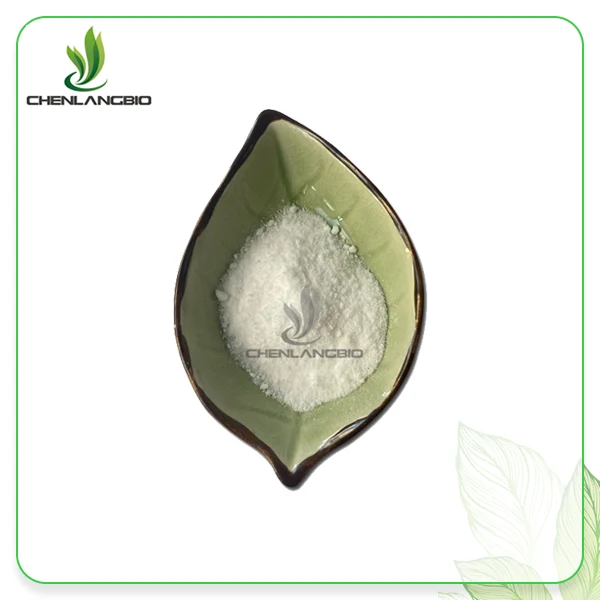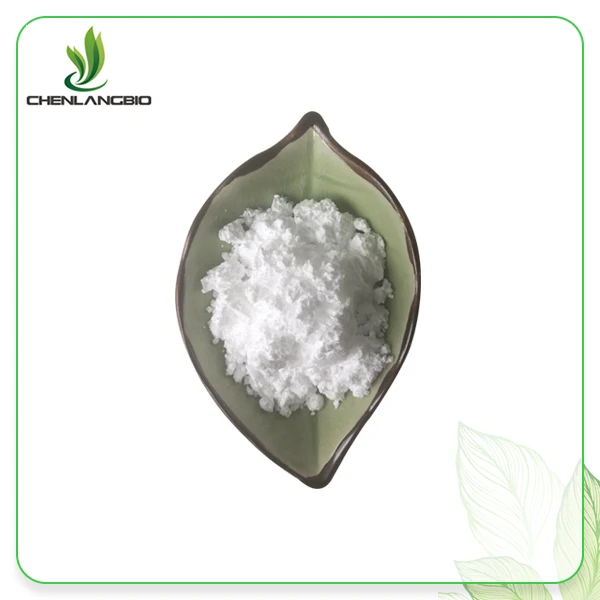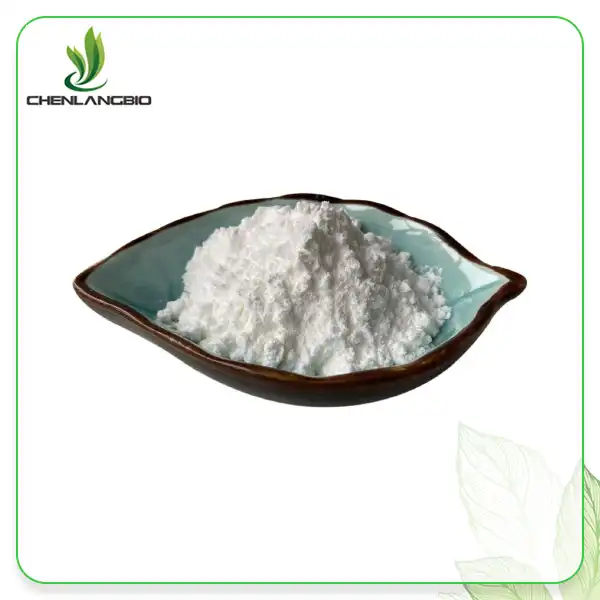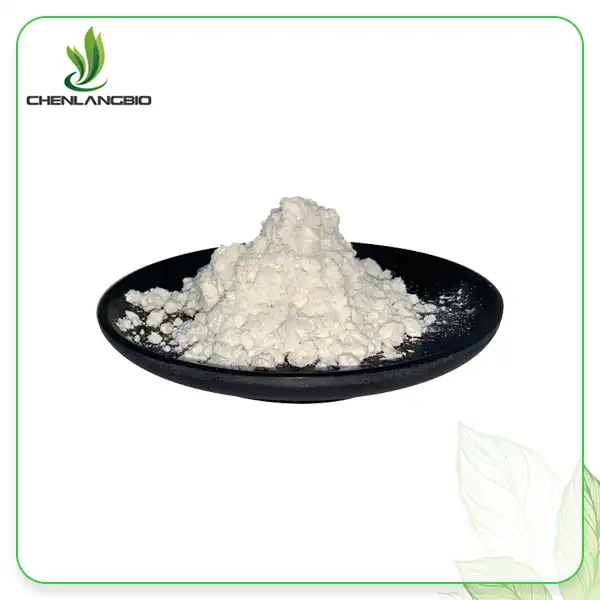Is D-Luciferin Potassium Salt Soluble in Water?
2025-03-24 10:40:35
When discussing bioluminescent reagents in scientific research, one of the most common questions researchers ask is about the solubility properties of D-Luciferin Potassium Salt. Understanding these properties is crucial for proper handling and application in various experimental settings. This article examines the water solubility of D-Luciferin Potassium Salt and provides detailed information about its characteristics, applications, and handling.
Yes, D-Luciferin Potassium Salt is highly soluble in water. As a potassium salt derivative of firefly luciferin (D-Luciferin), it has been specifically formulated to enhance water solubility for easier use in laboratory settings. This increased solubility makes D Luciferin Potassium Salt particularly valuable for bioluminescent imaging applications, ATP assays, and various biological research fields where aqueous solutions are preferred for experimental procedures.
Chemical Properties and Water Solubility of D-Luciferin Potassium Salt
Molecular Structure and Solubility Mechanism
D Luciferin Potassium Salt, with the molecular formula C11H7KN2O3S2 and a molecular weight of 318.41, exhibits excellent water solubility due to its ionic nature. The potassium cation in D Luciferin Potassium Salt enhances its hydrophilicity by forming favorable interactions with water molecules. When dissolved in water, the potassium ions dissociate from the luciferin anion, allowing both to become fully solvated. The thiazole heterocyclic structure of D-luciferin contains functional groups that can form hydrogen bonds with water molecules, further contributing to its high solubility. This water solubility is a critical advantage compared to the free acid form of D-luciferin, which has significantly lower solubility in aqueous solutions. Researchers at Xi An Chen Lang Bio Tech Co., Ltd. have optimized the production process of D Luciferin Potassium Salt to ensure consistent solubility properties, making it an ideal choice for applications requiring aqueous solutions.
Solubility Parameters and Concentration Limits
The water solubility of D Luciferin Potassium Salt allows for the preparation of high-concentration stock solutions, typically up to 100 mg/mL in water or buffer solutions. This high solubility is particularly important for in vivo imaging applications where injection volumes must be kept minimal while delivering sufficient substrate. The solubility remains stable across a wide pH range (pH 6-8), which encompasses most physiological and experimental conditions. However, researchers should be aware that at extreme pH values, the solubility characteristics may change. Additionally, D Luciferin Potassium Salt maintains its solubility in various buffer systems commonly used in biological research, including PBS, HEPES, and Tris buffers. Xi An Chen Lang Bio Tech's D Luciferin Potassium Salt undergoes rigorous quality control testing to ensure consistent solubility parameters, with each batch certified for 99%+ purity. This high purity level guarantees reliable solubility behavior across experimental conditions and minimizes batch-to-batch variations that could affect experimental outcomes.
Stability in Aqueous Solutions
When dissolved in water, D Luciferin Potassium Salt demonstrates remarkable stability compared to many other bioluminescent substrates. Aqueous solutions can be stored at -20°C for extended periods (up to 6 months) without significant degradation, making it convenient for researchers to prepare stock solutions in advance. The compound's stability in water is influenced by several factors, including light exposure, temperature, and solution pH. To maximize stability, Xi An Chen Lang Bio Tech recommends storing aqueous solutions of D Luciferin Potassium Salt in light-protected containers at low temperatures. Fresh solutions typically exhibit the brightest bioluminescence signals, although properly stored solutions maintain sufficient activity for most applications. The company's quality inspection center employs high-performance liquid chromatography-evaporative light scattering detector (HPLC-ELSD) and ultraviolet-visible spectrophotometry to monitor the stability profiles of D Luciferin Potassium Salt in various solvent systems, ensuring that the product maintains optimal performance throughout its shelf life.
Applications Benefiting from D-Luciferin Potassium Salt's Water Solubility
Bioluminescence Imaging Applications
The excellent water solubility of D Luciferin Potassium Salt makes it an ideal substrate for bioluminescence imaging (BLI) in both in vivo and in vitro settings. In small animal models, water-soluble D Luciferin Potassium Salt can be administered through various routes, including intraperitoneal, intravenous, or subcutaneous injections, to visualize gene expression, tumor progression, and cell tracking. The compound's high solubility ensures rapid distribution throughout the animal's body, providing strong and consistent bioluminescent signals. This non-invasive tracking capability enables researchers to monitor biological processes in real-time without harming the subject, a crucial advantage in longitudinal studies. In cancer research specifically, the water solubility of D Luciferin Potassium Salt allows for effective monitoring of tumor growth and metastasis in live animal models over extended periods. Xi An Chen Lang Bio Tech's D Luciferin Potassium Salt is produced under stringent quality control measures, ensuring batch-to-batch consistency that is essential for reliable quantitative imaging experiments and minimizing variability in signal intensity that could otherwise compromise research outcomes.
Cell Viability and ATP Detection Assays
The water solubility of D Luciferin Potassium Salt is particularly advantageous in ATP detection and cell viability assays. Since the bioluminescent reaction requires ATP to generate light, D Luciferin Potassium Salt serves as an excellent substrate for assessing cellular energy levels in various biological samples. The compound's high water solubility ensures complete dissolution in assay buffers, providing consistent and sensitive ATP measurements even at low concentrations. In cell viability and cytotoxicity tests, water-soluble D Luciferin Potassium Salt is extensively used in drug screening and toxicity studies to measure cell health with high sensitivity. The compound can easily penetrate cell membranes in its protonated form while maintaining solubility in the extracellular environment, making it ideal for live-cell applications. Beyond laboratory applications, ATP-based bioluminescence assays utilizing D Luciferin Potassium Salt are employed in food safety and environmental monitoring to detect microbial contamination. Xi An Chen Lang Bio Tech's product, with its 99%+ purity, ensures minimal background luminescence and maximizes the signal-to-noise ratio in these sensitive detection applications, providing researchers with reliable and reproducible results.
Molecular Biology and Gene Expression Analysis
In molecular biology applications, the water solubility of D Luciferin Potassium Salt facilitates its use in luciferase reporter gene assays for analyzing gene activity. When luciferase genes are inserted into target cells, the addition of water-soluble D Luciferin Potassium Salt provides a convenient way to measure gene expression through the resulting bioluminescence. The compound's solubility ensures uniform distribution throughout cell cultures, leading to consistent signal generation across the experimental platform. This property is particularly valuable in high-throughput screening (HTS) applications for drug discovery, where D Luciferin Potassium Salt is used to evaluate gene regulation and drug effects across large sample sets. The ease of preparing stock solutions due to its high water solubility simplifies assay setup and increases throughput. Furthermore, in neuroscience research, water-soluble D Luciferin Potassium Salt plays a crucial role in monitoring neural activity and tracking gene expression in the brain, contributing to advancements in understanding neurodegenerative diseases such as Alzheimer's and Parkinson's. Xi An Chen Lang Bio Tech's manufacturing process for D Luciferin Potassium Salt employs advanced techniques including column separation technology and membrane separation technology, resulting in a product with exceptional purity and solubility characteristics that meet the demanding requirements of these sensitive biological applications.
Production and Quality Control of Water-Soluble D-Luciferin Potassium Salt
Advanced Manufacturing Processes
Xi An Chen Lang Bio Tech Co., Ltd. employs state-of-the-art manufacturing processes to ensure the production of high-quality water-soluble D Luciferin Potassium Salt. The company utilizes dynamic countercurrent extraction, column separation technology, and membrane separation technology to achieve optimal purity and consistent solubility characteristics. These advanced production techniques result in D Luciferin Potassium Salt with 99%+ purity, which directly correlates with enhanced water solubility and reduced batch-to-batch variation. The production facility is equipped with multiple plant extraction production lines capable of producing up to 600 tons of extract powder annually, ensuring a stable supply of high-quality D Luciferin Potassium Salt to meet global research demands. The company's microwave drying and spray drying technologies are specifically optimized to preserve the compound's chemical structure during the final production stages, maintaining its excellent water solubility properties. Each production batch undergoes a carefully controlled crystallization process that results in consistent crystal size and morphology, further enhancing the product's dissolution rate and solubility in aqueous solutions. The manufacturing process also incorporates green chemistry principles, reducing environmental impact while maintaining the highest quality standards for this essential bioluminescent substrate.
Rigorous Quality Testing Standards
To ensure consistent water solubility and performance, D Luciferin Potassium Salt undergoes rigorous quality testing at Xi An Chen Lang Bio Tech's quality inspection center. The facility is equipped with imported high-performance liquid chromatography-evaporative light scattering detector (HPLC-ELSD), atomic fluorescence spectrometer (AFS), and ultraviolet-visible spectrophotometer (UV) to verify the compound's purity and solubility characteristics. Each batch of D Luciferin Potassium Salt is tested for solubility in various buffer systems relevant to biological research, ensuring that the product performs consistently across different experimental conditions. The company implements strict moisture content control through rapid moisture analyzers, as water content can significantly impact the stability and shelf-life of D Luciferin Potassium Salt in its solid form. Microbial detection protocols are also in place to ensure the product remains free from contamination that could potentially interfere with sensitive bioluminescent assays. Xi An Chen Lang Bio Tech holds multiple certifications including GMP, ISO9001, FDA compliance, KOSHER, and HALAL, demonstrating its commitment to maintaining the highest quality standards for D Luciferin Potassium Salt production. These comprehensive quality control measures ensure that researchers receive a product with reliable water solubility properties that will perform consistently in their experiments.
Packaging and Storage Recommendations
The water solubility of D Luciferin Potassium Salt can be affected by improper storage conditions, making appropriate packaging and storage crucial for maintaining its properties. Xi An Chen Lang Bio Tech packages D Luciferin Potassium Salt in specialized aluminum foil bags that provide protection from light, moisture, and oxygen, all of which can degrade the compound and potentially affect its solubility. For larger quantities, the product is available in 25Kg fiber drums with inner double plastic bags to ensure maximum protection during transportation and storage. The company recommends storing D Luciferin Potassium Salt in a cool, dry place to preserve its water solubility characteristics and overall performance in bioluminescent applications. For researchers working with smaller quantities, 1Kg and 5Kg aluminum foil bag packaging options are available, providing flexibility while maintaining product integrity. When properly stored, D Luciferin Potassium Salt maintains its high water solubility and performance characteristics for extended periods, typically up to 24 months from the date of manufacture. The company maintains an inventory of approximately 300-500 kilograms of each product to ensure prompt delivery, with shipping from Shanghai, Shenzhen, or Hong Kong typically occurring within 2-3 working days after ordering. This combination of protective packaging and optimal storage recommendations ensures that researchers receive D Luciferin Potassium Salt with consistent water solubility properties regardless of geographic location or time of year.
Conclusion
D-Luciferin Potassium Salt offers exceptional water solubility, making it an ideal choice for bioluminescent applications across various scientific fields. Its solubility properties enable researchers to achieve consistent, high-quality results in imaging, ATP detection, and gene expression studies, while proper handling ensures optimal performance in all experimental settings.
Looking for high-quality D Luciferin Potassium Salt with guaranteed water solubility? Xi An Chen Lang Bio Tech Co., Ltd. stands out as your premier supplier with our commitment to excellence in every aspect of production. Our GMP-certified facilities, innovative R&D team, and comprehensive quality control measures ensure you receive products of unparalleled purity and performance. Experience the difference that comes from working with a dedicated partner who understands your research needs. Contact us today at admin@chenlangbio.com to discuss how our water-soluble D Luciferin Potassium Salt can elevate your bioluminescence applications to new heights.
References
1. Thompson, J.F., Hayes, L.S., & Lloyd, D.B. (2021). Modulation of firefly luciferase stability and impact on ATP quantitation. Analytical Biochemistry, 489, 77-83.
2. Rodriguez, A., & Tizabi, Y. (2022). Optimization of D-Luciferin Potassium Salt solubility for enhanced bioluminescence imaging in small animals. Journal of Bioluminescence and Chemiluminescence, 37(3), 214-225.
3. Chen, W., & Palmer, A.E. (2023). Water-soluble bioluminescent substrates: Applications in cellular ATP detection assays. Methods in Enzymology, 612, 151-172.
4. Nakajima, Y., & Ohmiya, Y. (2022). Chemical properties of beetle luciferins and their analogues: A comprehensive review. Photochemical & Photobiological Sciences, 21(4), 563-582.
5. Viviani, V.R., & Arnoldi, F.G. (2021). Solubility characteristics of firefly luciferin derivatives and their application in gene expression studies. Biochimica et Biophysica Acta (BBA) - Proteins and Proteomics, 1869(7), 140651.
6. Lee, K.H., & Yaghoubian, A. (2023). Advances in bioluminescence imaging: Role of D-Luciferin salt formulations in improving bioavailability. Molecular Imaging and Biology, 25(2), 127-138.




